What comes to mind when you hear “comfort food”? In times of stress, it’s normal and natural to seek comfort and pleasure from your comfort food favorites. Learn what makes these types of food so soothing and comforting, and why allowing yourself permission to enjoy them is important.

What drives us to seek comfort in food? Specifically, our “comfort foods” — I picture a steaming bowl of macaroni & cheese or a plate piled high with my favorite pizza and breadsticks. Or anything melty, warm, cheesy, and chewy, like the Baked Rigatoni pictured above.
“Comfort food” is a ubiquitous term at this point, bestowed upon the hearty, tasty food that leaves us blissfully distracted from whatever emotional distress sent us running to the table in the first place.
But when you think of your favorite comfort food, it might be different than the foods you crave for emotional eating, which tend to gravitate towards sweet flavors. Ice cream, anyone? Comfort foods typically land in a different category. We describe them in terms of their texture, density, and how they can fill us up and leave us feeling satiated in body and soul.
Common Types of Comfort Foods
As a dietitian, I’ve truly heard it all. But there’s never any judgement, because “good food” is highly subjective. Here are some of the most common types of foods I often hear people describe as “comfort food”:
- Nostalgic foods, like a grilled cheese sandwich and tomato soup or a traditional recipe a family member made when you were growing up
- Homemade meals, with soothing, healing qualities like chicken soup
- Certain types of fast food, like French fries, or your favorite dish from a local restaurant
- Foods served on special occasions, which are strongly associated with fond memories and happy times
- A unique flavor combination using specific foods that feels special
And cultural and traditional foods serve an especially important role for connecting us back to our heritage or home country. All of these foods can, and should, be part of your regular eating habits. They can have a place in a balanced diet.
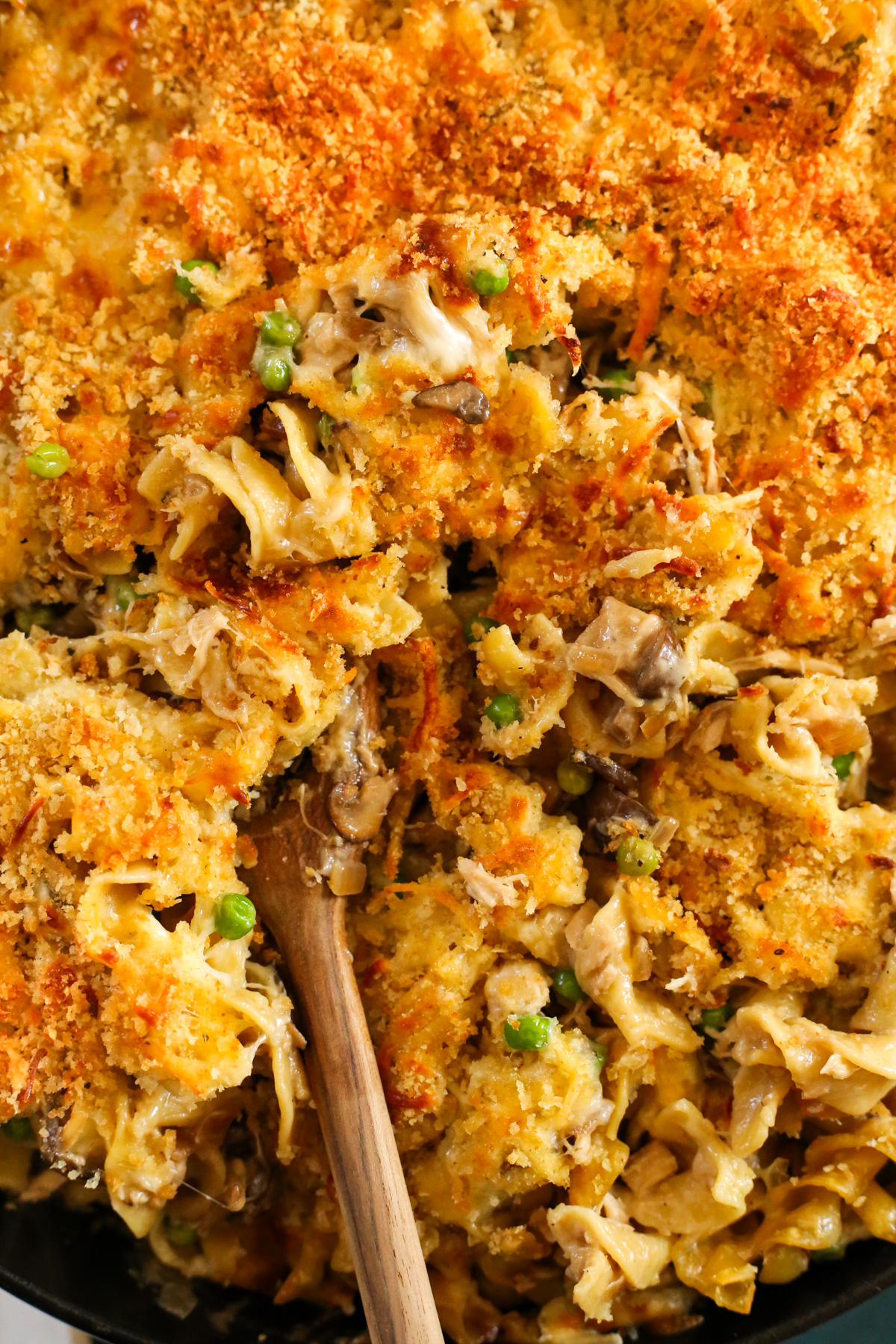
Everyone’s comfort food preferences are different. But it’s apparent these kinds of foods offer us something in the moment during times of stress. But as with other forms of emotional eating, many people feel like they can’t seek comfort from the act of eating. Is it OK to eat comfort foods?
As a registered dietitian, I wholeheartedly say, “Yes!” Here’s why the food itself isn’t the issue.
Eating is Non-Negotiable, Why Not Enjoy It?
Humans are hard-wired to seek pleasure from food. As we were evolving and making our way into the modern world, sweet flavors helped us differentiate a quick burst of energy and nutrients from a toxic, potentially fatal, poison. Palatable food was part of the key to survival.
Thanks to the wonders of modern agriculture, we no longer have to rely on our wits and physical capabilities to survive. The act of eating itself evolved along with humans and societies. It got woven into our culture and came to symbolize community, connection, status, and pleasure.
And, of course, the obvious: we have to keep eating to keep living.
During the mid-20th century, a new force entered the collective psyche around food and eating. As author and dietitian Christy Harrison explains in her book, Anti-Diet, the emergence of dieting was heavily influenced by intersecting factors that wreaked havoc on our relationship with food. Combined with a burgeoning preference for thin, slender bodies and a Euro-centric standard of beauty, people eagerly adopted all manners of restriction around foods they once enjoyed without reservation.
For more on this, I can’t recommend “Fearing the Black Body” highly enough. It’s essential reading, along with the other titles on my list of best anti-diet books.
Fast forward to the early 2000s, and fad diets and quick-fix weight loss solutions are so deeply ingrained in the American food culture that entirely new subcategories of foods emerged.
These new categories, like “comfort foods”, distinguish what is acceptable and normalized (i.e. “healthy” food, often synonymous with bland and boring food) and what must be limited (decadent, indulgent, guilt-inducing “junk food”). Lately, I’d even throw “processed food” into this category, which seems to be a catch-all phrase for anything deemed more energy-dense than nutrient-dense or manufactured at scale.
Our food culture celebrates one’s ability to deny themselves the pleasure of eating, much like other pleasurable experiences. It’s worn like a badge of honor, depicting an admirable level of self-control and discipline. Have we ever stopped to wonder why?
Comfort is a Basic Human Need, Comfort Food Included
In modern times, we need a means of feeling comforted as much as we ever did. Feeling safe and secure is an important human need — and other strategies for stress relief might not be accessible or effective when we need them.
Until our basic needs are met, it’s difficult to achieve our psychological and self-fulfillment needs. Try being in a positive mood when you’re distracted by physical hunger.
We can carry on all we want about self-care but we need to take an honest look at whether or not we’re practicing what we preach. How can you truly be caring for yourself if you can’t accept the comfort and pleasure of your favorite foods?
I encourage you to audit your mindset and habits around eating. This should come from a place of curiosity, not judgment. It’s simply a thought exercise that can shed light on what’s driving you to seek comfort from food in the first place.
Feeling overwhelmed? Read my tips for nourishing yourself through times of high stress and anxiety.
Your Comfort Food Favorites Should Make Regular Appearances
Think about the foods you turn to when you feel sad, stressed, or lonely. Next, think about how often you consume these foods.
Is it a routine habit, where you know and trust there will be ample opportunity to enjoy those foods again? Or are those instances few and far between, creating a scarcity mindset and resulting in binge eating or eating far past comfortable fullness?
We are more tempted by what we actively try to avoid — it’s not a matter of willpower or self-control. It’s like if I asked you not to think about the color blue. Where does your mind immediately go?
The same phenomenon happens with food and eating, and this kicks off a vicious cycle I call the restrict-rebel-repent cycle. A period of “control” or “discipline” can only last so long, and once we snap, we rebel against the self-imposed food rules. It’s followed in short order by feelings of guilt or shame, and to compensate we revert back to restriction and the cycle begins again.
This cycle can be intensified in stressful situations. Our resilience is lowered, and we might have more difficulty processing difficult emotions.
Although it may feel counterintuitive, it’s the precise act of incorporating these comforting foods into your typical diet more often that will break this cycle.
Trust the Process — It Won’t Feel Chaotic Forever
Often, people immediately snap back with their fears that if they allow themselves to freely enjoy their most beloved comfort foods, they’ll never want to eat anything else.
Here’s another thought exercise you might find helpful: think about your favorite comfort food again. Now imagine this particular food is the only food you eat for every meal and snack, day in and day out. How would that feel?
I don’t want to presume anything, but for myself, it would feel amazing in the beginning. As much fettucine alfredo as I can handle? Hell yeah! I’d dig in with reckless abandon and bask in the opportunity to eat my fill and then come back for more.
But eventually, whether that’s hours, days, or weeks, the novelty would wear off. I’d start to want something different, something in contrast to the rich, creamy sauce and the soft, chewy texture of the noodles. Perhaps something crunchy? Something cold? Something spicy or sweet?
It’s not that I would start to hate fettucine alfredo. But I would view it with more neutrality, knowing that if I ever wanted to return to it for any reason, it would be there and I could move on to foods that were less lethargy-inducing. If it was never “off limits” and I could get what I need, physically or emotionally, from eating it whenever I wanted, it would no longer hold the same allure.
It takes time to work through this process. Some foods will shift into the neutral category before others, depending on your past experiences and the level of restriction or rebellion you associate with them. There will come a time, though, when you no longer feel compelled to flee from those cravings.
Or, at least not to the same degree. It’s unrealistic to believe we’ll never experience food cravings in the long term so instead, trust the process. Healing your relationship with food can be messy. And that’s totally OK.
Consider What You’re Really Craving From Comfort Food
We know safety, security, and comfort are basic human needs. And we also know there are other things that can provide us with our basic needs. Is it possible there are other means of satisfying your cravings without relying on food?
Let me emphasize: there is nothing inherently wrong with seeking comfort from food. There’s nothing inherently wrong with emotional eating. I hope that feels like good news if you’re hearing this for the first time!
Just as we numb out in front of our phone screens or distract ourselves with cat memes in the middle of a hectic day, it’s normal. It’s fine. It’s not a bad thing. It might even be necessary to keep functioning and keep going.
But if you find you’re constantly leaning on comfort foods as your sole coping mechanism when you’re feeling emotional turmoil, you might consider what else you’re seeking and where you might find it.

I can share an example: You’re feeling overwhelmed by a long day working and taking care of young kids at home. Your living space is cluttered and disorganized, your to-do list is miles long, and you’re emotionally drained by the news cycle in an election year. You feel rushed and frazzled and the only thing you want to do is collapse into the couch with your favorite takeout order.
In this scenario, can food provide comfort? Yes, absolutely.
Your body needs nourishment and energy regardless of what form it comes in, and the familiarity of your favorite takeout order elicits a positive memory from the past. There’s an element of trust — you’ve had it before and it was great so naturally, you’d love to have it again. You want a respite from the chaos and an opportunity to decompress.
But can food give you everything you need when you’re having a bad day? That’s debatable. It could, I’m not denying that focusing on the pleasure of a delicious meal can offer a way to lift yourself out of a bad mood.
But you may also need structure. Help from a family member or neighbors. Permission to take on less responsibility at work until you have the bandwidth to do more.
Can food do all of that? Probably not.
Again, this is not intended to induce feelings of judgment or inadequacy. It’s only meant to help you tease out the real reasons you’re turning to comfort food favorites. If those other solutions are out of reach, by all means. Comfort yourself.
Nourish yourself.
Care for yourself.
But it’s unfair to cast comfort foods, in whatever form you crave, as the issue. Eating is non-negotiable, and so are your basic human needs.
If you’re new to Intuitive Eating and want to learn more, check out these other posts:
Disclosure: This post was originally published in September 2020. The information and/or images have since been updated to improve the overall quality.

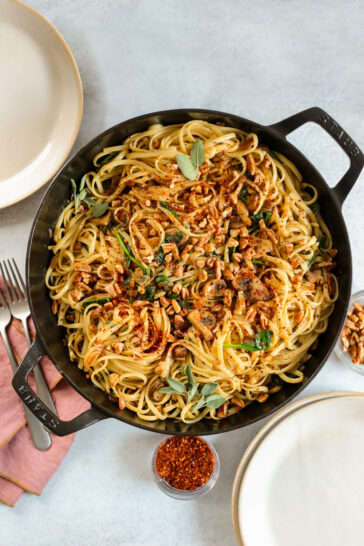
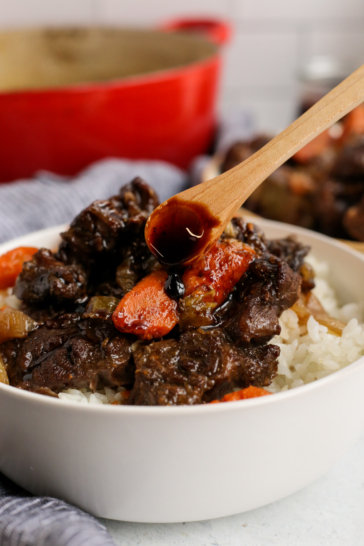
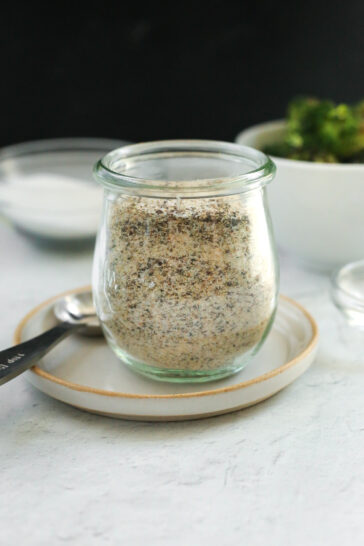
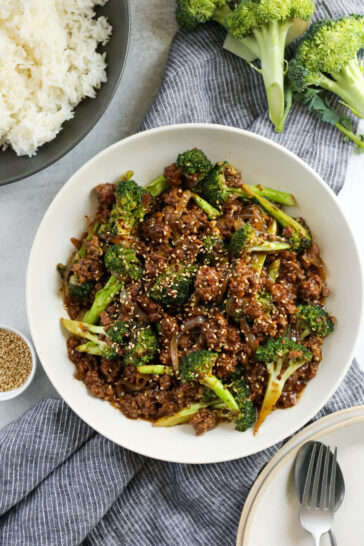
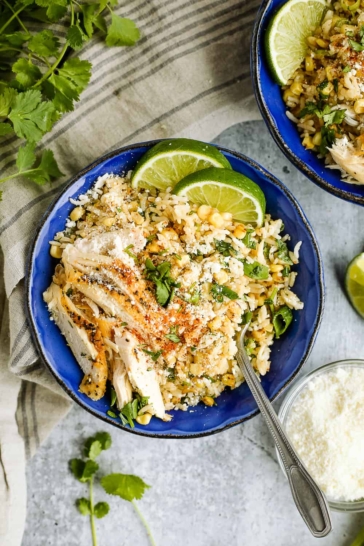
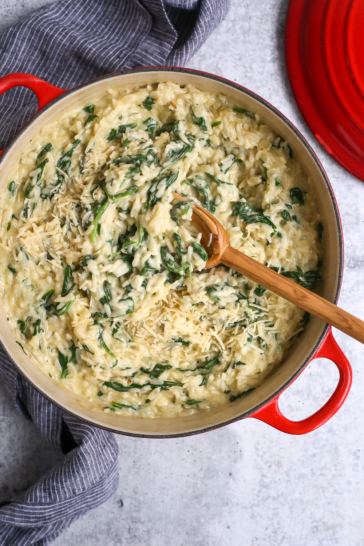







Questions & Reviews